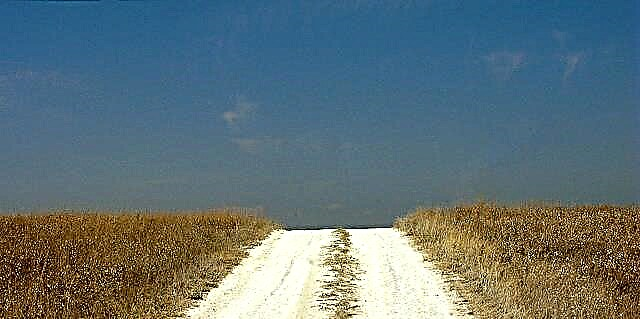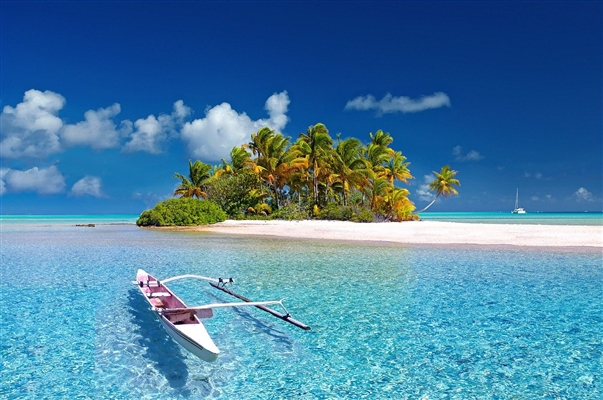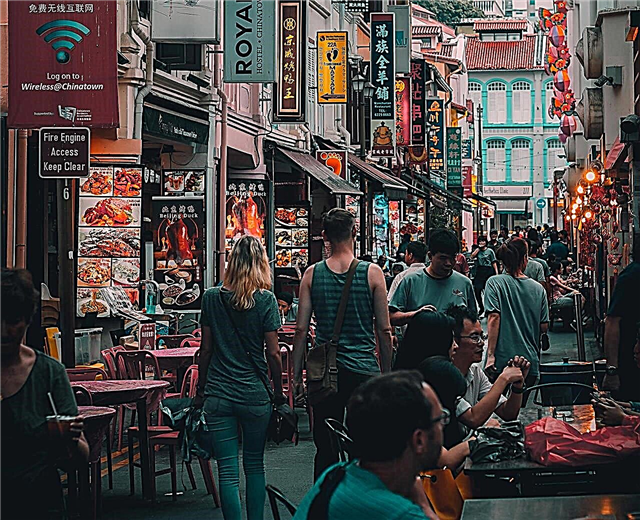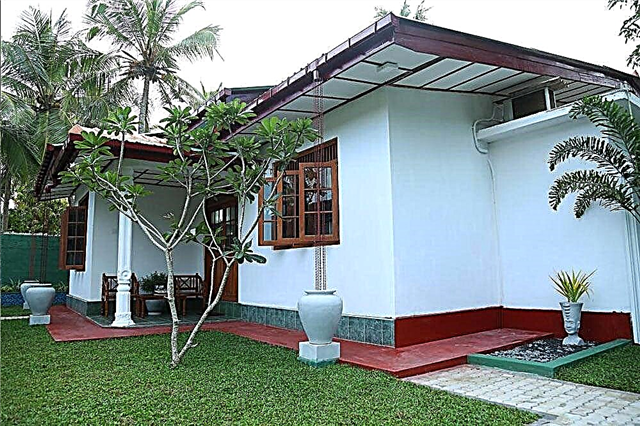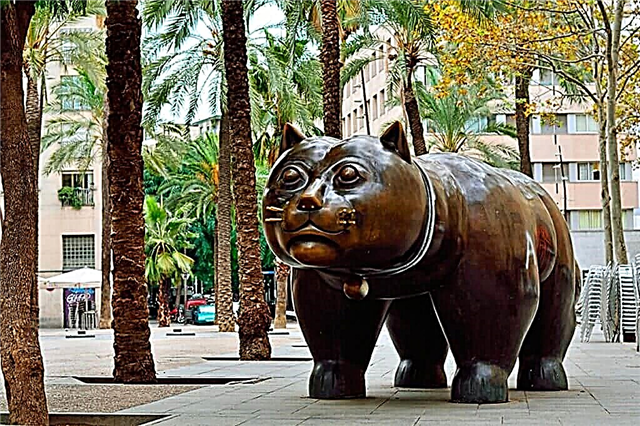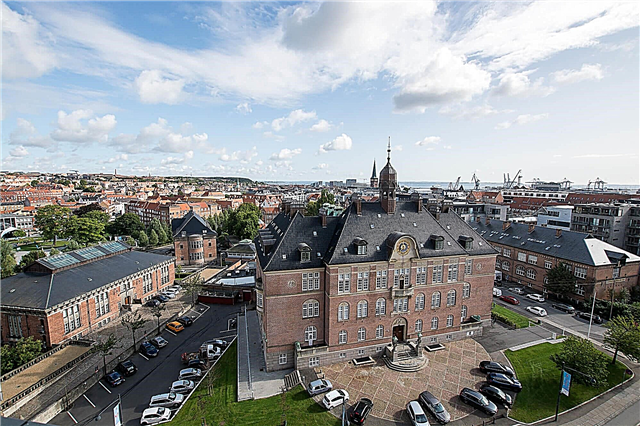All major cities in Denmark are coastal based. This is due to the unusual geographical position of the country, spread over large peninsulas and islands. Given the presence of a long coastline, it would be strange not to use it. The Vikings who lived in these lands were a warlike people. However, they preferred to fight away from their borders. This allowed many artifacts and buildings to survive. The first ones are distributed among the museums of the country, the second ones have been restored and illustrate bygone eras.
Copenhagen, Sonnerborg, Viborg and other cities are rich in historical sights. At the same time, they are modern just enough to make it convenient for tourists to travel and explore not only the city's historical centers, but also the surrounding area.
The largest cities in Denmark
List of the largest cities in terms of population in the country.
Copenhagen
The capital of Denmark stretches over two islands: Zealand and Amager. The current residence of the royal family is the Amalienborg palace complex. The National Museum of Copenhagen boasts an impressive collection of artifacts from the Viking Age. Tivoli Park is open to everyone. This is an area of beautiful fountains, an abundance of flowers and big concerts of live music. It is also worth taking a walk along the embankments, which have boat stops.
Population - 615 993 people (2018)

Aarhus
Founded on the shores of the Aarhus-Bugt Gulf. The second most populous city in Denmark. The Old Town is one of the main museums in Aarhus. It is organized right in the open air. Other museums are also open: state, Vikings and women. The botanical garden was founded in 1875. Plants from all over the world, including tropical ones, are collected in his greenhouses. The best observation deck is the 40-meter tower in the amusement park.
Population - 269,022 people (2017)

Odense
The "capital" of the island of Funen and the birthplace of Hans Christian Andersen. The city stands on the river and is connected to the fjord through a canal. Presumably, the name Odense came from the name of the supreme Scandinavian god. There is even Odin's tower here. The original was destroyed, and in its place is a small copy. St. Knud was honored not only with a monument, but also gave the name to the cathedral. The Funen Village is an open-air museum.
Population - 178 210 people (2018)

Aalborg
Educational and industrial center of North Jutland. The architectural beauty of the city is the mansion of the merchant Jens Bang, the cathedral, the Church of Our Lady. More than 10 museums operate. Collections have been created related to history, culture, contemporary art, as well as archaeological finds. Particularly valuable finds date back to the 7th - 11th centuries. Excavations are still underway even in the center of Aalborg.
Population - 113 417 people (2017)

Esbjerg
The city was founded in the middle of the nineteenth century in the west of Jutland, as Denmark lost important ports due to unsuccessful wars. Tourists arriving by sea are greeted by 4 impressive sculptures installed for the centenary of Esbjerg. An observation deck is organized on the water tower. Attractions in the area are mostly modern, including fishing and printing museums.
Population - 72 261 people (2017)

Runners
The streets of the city stretch along the bay, which is located at the mouth of the Gudeno River. The large river port defines the life of Randers: it allows trade and tourism development. The surviving buildings of the past are several mansions and the Church of St. Morten. Many architectural objects were destroyed by a series of fires. There is also a former royal residence - Klausholm, surrounded by a park complex. There are museums, including beer and handicrafts.
Population - 62 563 people (2017)

Kolding
The main city of the commune of the same name. In the 13th century, a royal palace was erected here. Initially, it was dominated by the Gothic style, but the restructuring left very little of the original idea of the architects. Its complex also includes a church, a square, a tower. And Collinghus Castle is given over to two museums at once - culture and history. In the botanical garden there is a special greenhouse - "House of Camellias".
Population - 60 300 people (2017)

Horsens
Occupies land in the eastern part of Jutland. First of all, it is famous for a large number of temples: there are about 20 of them per 40 thousand of the population. The Tamprud Church is the most of the city's religious sites. Much in Horsens is associated with Vitus Bering, an explorer and navigator. The museum has an exposition about him, and the park is named after the traveler. An industrial museum is opened in the city - the only one in the country.
Population - 59 181 people (2019)

Vejle
The administrative center of Southern Denmark. The Vaillefjord Bridge is a city landmark and a solution to the transport problem that existed in the 80s. In the historic part of Vejle, the atmosphere of the past has been preserved: old buildings, including the town hall, narrow streets, cobbled pavements. The Church of St. Nicholas is known for its terrible history. They tried to rob her, but the criminals were caught and executed, and their heads were walled up in the walls.
Population - 56 567 people (2018)

Roskilde
Located in the east of Zealand. In the past, it was a royal residence. Through tunnels built under the strait, Roskilde is connected with the settlements of Sweden and Germany. The most notable event in the city is the rock festival, which is known throughout Europe. Sightseeing: the former monastery of the Dominicans, the cathedral where the monarchs were buried, the palace that became a museum and the residence of the bishop.
Population - 51 121 people (2019)

Helsingor
A port city located near the capital. Kronborg Castle became famous thanks to Shakespeare. The writer renamed Helsingor on the pages of his "Hamlet", and his variation of the name - Elsinore - is now also used by the townsfolk. A sculpture of a young man is installed on the coast. Allegedly, this is the "brother" of the very Little Mermaid from Copenhagen. The Museum of Technology presents visitors with an impressive collection spread over 8 thousand square meters.
Population - 47 364 people (2018)
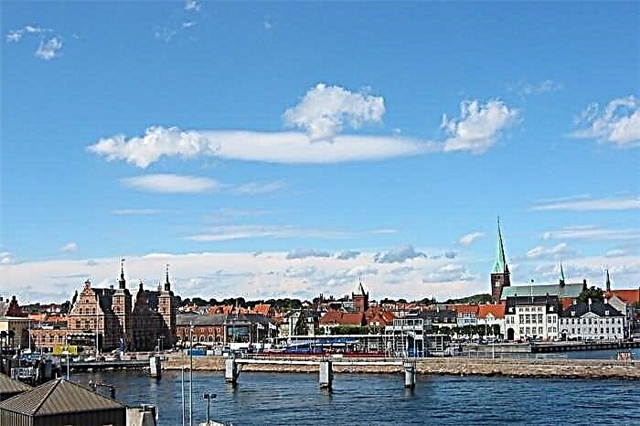
Herning
The city of the central part of the Jutland peninsula. Selling organic products is Herning's trademark. Inspection of the church and town hall on the main square is the beginning of most excursions. The next stop is Messecenter Herning, a modern exhibition center. Also noteworthy are the castle, the entertainment center, the zoo. And in the vicinity there is Lake Sunds, where you can go fishing or relax on the sandy beach.
Population - 44 557 people (2018)

Silkeborg
It was built on the shores of the lake of the same name and is the financial center of the commune. Nearby at the edge of the glacier is Lake Bölling. This zone has become a protected area, although the passage is free for tourists, but a number of rules must be observed. It is worth visiting the Asger Jorn Museum, as well as the Aqua Center - an aquarium, a zoo and attractions gathered in one place. Several music festivals take place in Silkeborg during the summer.
Population - 44 333 people (2017)

Nestved
Occupies territories in the south of the island of Zealand. In the Middle Ages, due to its location at the mouth of the river, it was used as a port. The historical part of the city is built up with buildings dating from the XV-XVII centuries. These include the Herlufsholm Monastery, the Town Hall and the Church of St. Morten. At a distance of several kilometers from Nestved, the castle of Gavnø, built on the island of the same name, has been preserved.
Population - 43 440 (2019)

Fredericia
Port city in the Small Belt. Now it is a transport and industrial center, and the settlement began from a defensive fortress. Fredericia is connected to Funen Island by two bridges. A monument to the founder, Frederick III, is erected on the square.Another iconic monument is called "Infantryman" and is dedicated to the feat of soldiers of the Danish-Prussian War. To view the area as a whole, you can climb the water tower.
Population - 41 108 people (2019)

Viborg
Founded in the Gulf of Limfjord and considered one of the oldest in Denmark. The 12th century cathedral is the oldest surviving building in the city and part of the historic center. Viborg Museum - archaeological, art and local history collections gathered under one roof. The heritage of the Skovgor family is kept in another museum, which also displays art from different eras.
Population - 40 371 people (2017)

Køge
The administrative center of the commune of the same name, which occupies most of the island of Zealand. Historical and architectural landmarks are scattered throughout the city. Among them is a medieval house, which has become a museum of local lore, and a former royal residence, converted into a boarding house. This castle stands a few kilometers from Køge. In the vicinity you can also find an interesting natural object - the Stevn Klint rocks.
Population - 37 557 people (2019)

Toastrup
It is often called a suburb of Copenhagen, as the capital is only 15 km from here. The building of the new church attracts not only believers, but also tourists. There are few old buildings in Tostrup, and those that exist are mostly adapted to the modern environment. The town gradually merges with Hedehusen, expanding the administrative center of the commune. Travelers who do not like hustle and bustle stay here.
Population - 34 248 people (2019)
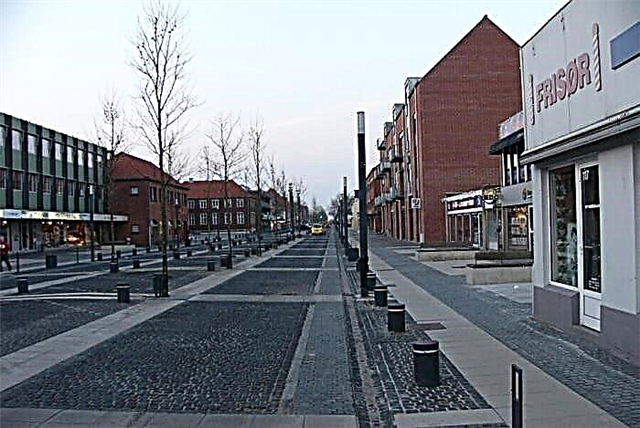
Slagelse
Another small town in the region called Zealand. Slagelse is the place where Hans Christian Andersen studied. The interiors of that time were restored in his school. In the city itself there is a large museum, as well as the churches of St. Peter and St. Michael. Outside, there are the ruins of a monastery and fragments of Viking fortifications. The last attraction is very valuable: there are only 4 of these in Denmark, and they are called Telleborgs.
Population - 33 871 people (2019)

Hillerod
Located north of the capital of Denmark. The main attraction is the 16th century castle named after Frederick II, its founder. The majestic building stands by Lake Hillerød. The city is surrounded by the Gribskov forest - the fourth largest in the country. Spotted fallow deer living here in the wild are symbols of these lands. The city hosts a Viking festival in July, attracting thousands of participants and spectators.
Population - 33 088 people (2019)

Holbeck
A coastal town built in the bay of the same name. It is connected with the Oryo Island via ferries. The city grew out of a farm belonging to a noble family. A large marina has been built in the harbor. Tourists are attracted by the street market and the concert venue, where concerts of rock musicians and not only take place. Both highways and embankments stretch along the coast - excellent places for walking.
Population - 28 538 people (2019)

Fredericksburg
Although the city according to the papers is an independent unit, it is often considered as a district or suburb of Copenhagen. The royal porcelain factory still operates here. It was founded in the century before last. Fredericksburg Castle is surrounded by a park. The royal military academy is located inside. Part of the complex is closed to tourists, the rest of the territory is free.
Population - 28 360 people (2017)

Sonnerborg
The city is divided into two sections. The first - the historical half - is located on the island of Als. The second one belongs to the Jutland Peninsula. Sønnerborg Castle served as the Duke's residence, and is now converted into a museum. The medieval church of St. Mary stands out from the religious buildings. The most interesting attraction in the area is the Dubbel windmill, which is also filled with museum pieces.
Population - 27 801 people (2019)

Svenborg
Located in the southern part of Funen Island. Svenborg will receive development in connection with the construction of a port and a shipyard. The landmark building is the Church of St. Nicholas, dating from the 16th century. A ship-like chandelier stands out among the decorations of its interiors. The oldest building is the 13th century Church of the Virgin Mary. The castle of Valdemars is located right on the coast, and within the city there is a history museum and a revue theater.
Population - 27 210 people (2019)

Hjörring
Occupies part of North Jutland. The architectural plan of the city consists of many details, including the town hall, cathedrals, houses that have survived from the Middle Ages. On the streets, there are examples of modern sculpture everywhere, including a fountain depicting pagan and Christian characters. Hjörring has a picturesque area and a wide range of hotels, some budget, others providing a wide range of services.
Population - 25 815 people (2019)

Frederikshavn
Located in North Jutland in the Kattegat Strait. As a port it is important now, but in the past its commercial importance for the region was key. On the square there is a monument in honor of King Frederick VI, after whom Frederikshavn is named. The old Bangsbo manor has been converted into a museum. There are several gardens adjacent to the mansion, including a botanical one. A summer theater and an exhibition of rare restored cars are open nearby.
Population - 23 296 people (2019)

Haderslev
Port city in the south-east of Jutland. These lands were Germanic until the 1920s. In the vicinity of Haderslev there are Slivsø Lake and the Susa River. Hiking trails are laid along their shores, there are opportunities for fishing and outdoor activities. The city's cathedral was built in the 13th century and has never been rebuilt, retaining its original appearance with the exception of one destroyed tower.
Population - 22 011 (2019)

Skive
It stands on the coast of the fjord of the same name. The building of the city museum is modern, the collection of exhibits is impressive. Architectural landmarks - residential and office buildings of different eras, including the post office. The streets are traditionally narrow, some of them are cobbled. There are seating areas along the waterfront. There is a yacht parking on the pier. Competitions are held nearby - sailing regattas.
Population - 20 599 people (2019)

Skagen
Located on Cape Grenen, and washed by the waters of two straits at once. On the opposite side, the lands of Sweden and Norway already begin. People come here to observe nature, for example, the "meeting point" of the two seas, the Baltic and the North. Their waters have a different shade, so in clear weather you can see their merger with the naked eye. Skagen's lighthouse is one of the oldest in Denmark, and the art museum was founded more than a century ago.
Population - 8 003 (2019)

Ebeltoft
The small port city has become one of the country's tourist centers since the middle of the last century. Its cobbled streets have centuries-old houses. Some are rented, and you can also rent a yacht, a car and other things necessary for a comfortable stay. From here you can easily reach the amusement park and aquarium. In Ebeltoft itself, a glass museum is open, and the world's longest wooden warship rests on an eternal anchorage.
Population - 7 189 people (2019)





